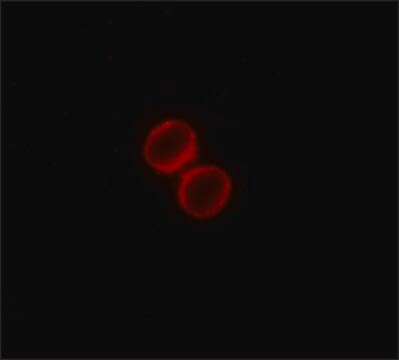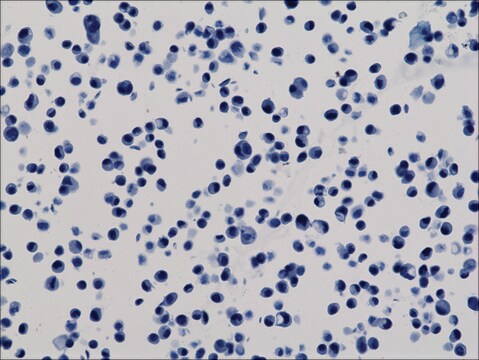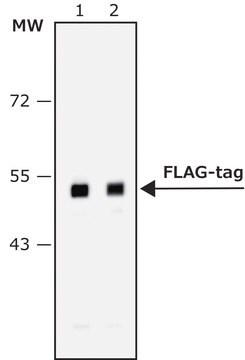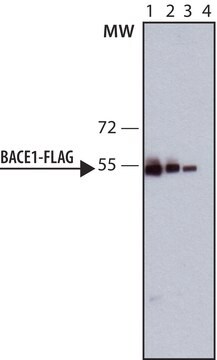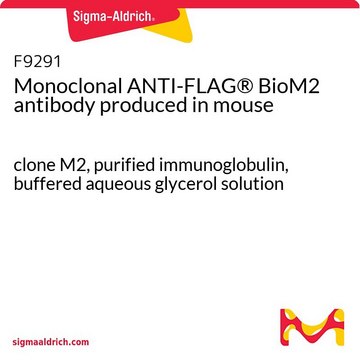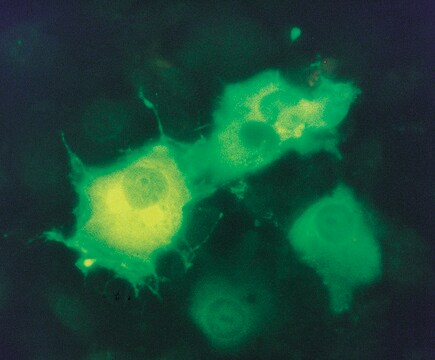SAB4301135
Anti-FLAG Tag antibody produced in rabbit
affinity isolated antibody
Sinónimos:
Anti-ddddk, Anti-dykddddk
About This Item
Productos recomendados
biological source
rabbit
Quality Level
conjugate
unconjugated
antibody form
affinity isolated antibody
antibody product type
primary antibodies
clone
polyclonal
form
buffered aqueous solution
species reactivity
all
concentration
1.4 mg/mL
technique(s)
western blot: 1:1000-1:5000 (Cell Lysate)
isotype
IgG
immunogen sequence
DYKDDDDK conjugated to KLH (synthetic peptide)
shipped in
wet ice
storage temp.
−20°C
General description
Specificity
Immunogen
Application
- western blotting
- co-immunoprecipitation
- immunofluorescence studies
Western Blotting (1 paper)
Features and Benefits
Physical form
Legal Information
Disclaimer
¿No encuentra el producto adecuado?
Pruebe nuestro Herramienta de selección de productos.
Storage Class
10 - Combustible liquids
wgk_germany
WGK 1
flash_point_f
Not applicable
flash_point_c
Not applicable
Elija entre una de las versiones más recientes:
Certificados de análisis (COA)
¿No ve la versión correcta?
Si necesita una versión concreta, puede buscar un certificado específico por el número de lote.
¿Ya tiene este producto?
Encuentre la documentación para los productos que ha comprado recientemente en la Biblioteca de documentos.
Los clientes también vieron
Nuestro equipo de científicos tiene experiencia en todas las áreas de investigación: Ciencias de la vida, Ciencia de los materiales, Síntesis química, Cromatografía, Analítica y muchas otras.
Póngase en contacto con el Servicio técnico


